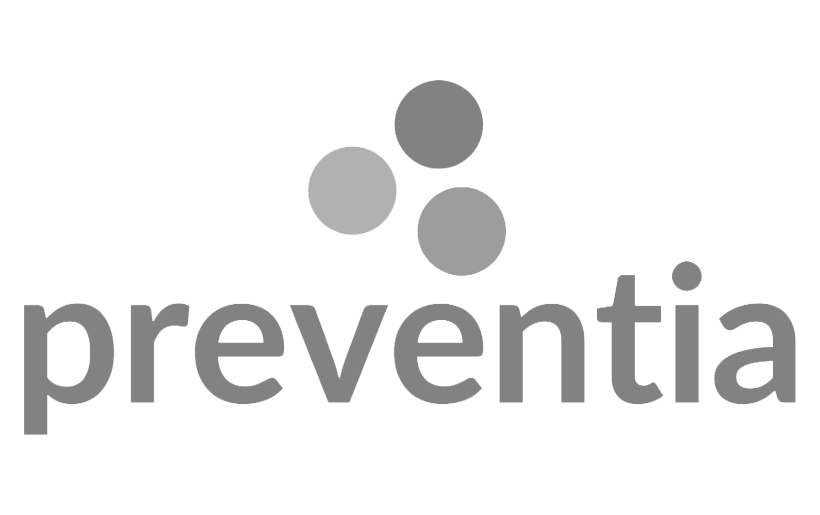Loved by teams around the world






Loved by teams around the world






Powering Precision Health
Our mission is to equip providers, researchers, and health-focused enterprises in their pursuit of precision health care.
The LifeOmic Platform forms the technology backbone for managing complex health data and building transformative products.
We not only enable teams to make precise decisions and improve outcomes based on genomic, clinical, imaging and population data, but we connect people with healthcare teams and resources, empowering them to make the best choices for at-home care.
The LifeOmic Platform forms the technology backbone for managing complex health data and building transformative products.
We not only enable teams to make precise decisions and improve outcomes based on genomic, clinical, imaging and population data, but we connect people with healthcare teams and resources, empowering them to make the best choices for at-home care.
We're excited to announceLifeOmic AI Consult
Learn more about our cutting-edge solution, LifeOmic AI Consult, that improves clinician efficiency leveraging large language models to generate concise and accurate medical summaries of patient medical history and current status.

Enable the best treatment decisions
Trusted by organizations such as Indiana University Health, Eyecheq, Preventia, and more, LifeOmic remains focused on our ambition to provide clinicians, health systems and researchers the very best in data integration to enable the best treatment decisions.
Accelerate speed to market or transition to the cloud
We offer our LifeOmic Platform to medical device, wearable and pure software companies to accelerate their speed to market or effortless transition to the cloud with our HIPAA and GDPR compliant, HITRUST certified platform.


Accelerate speed to market or transition to the cloud
We offer our LifeOmic Platform to medical device, wearable and pure software companies to accelerate their speed to market or effortless transition to the cloud with our HIPAA compliant, HITRUSST CSF Certified and SOC2 Certified platform.

Deliver precision health at scale
LifeOmic will continue to power precision health with LifeOmic Oncology and LifeOmic Cardiology. Leveraging machine learning and reference genome libraries, the LifeOmic Platform allows clinical teams to integrate any kind of -omic data so they can deliver precision health at scale.
“Today, millions of people around the world are using our solutions to benefit from the coming age of precision health.”
Dr. Don Brown, Founder
